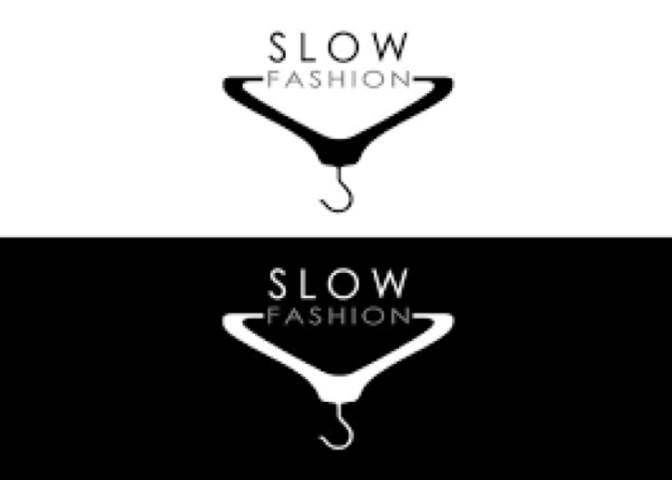Indian fashion is rewriting its own rules. If you think that metros like Delhi and Mumbai are the birthplaces of Indian fashion brands then you might have to shift your gaze to remote places in Gujarat. Don’t be surprised to find highly experienced and amazingly talented women artisans beyond the age of 70 etching Ahir embroidery on a bolero jacket and a boho gown. They might be just working for the renowned Indian designer Anita Dongre.
They are numerous other artisans from Gujarat, Uttar Pradesh and Punjab that designers like Dongre has roped in for embellishments. They aim to promote and incorporate textile craftworks like phulkari, bandhini, chikankari and zari for their Slow Fashion collections.
What’s Slow Fashion?
For an entire decade fast fashion ruled the clothing industry. It seduced customers to buy cheap versions of various styles which eventually lost their appeal. In 2007, Kate Fletcher, a London-based design consultant introduced ‘slow fashion’ in the fashion circuit.
Clothings that are sustainable, eco-friendly and ethical constitute slow fashion. The emphasis is given on quality than quantity. It basically slows down the rate of clothing production and consumption by choosing garments that last longer. It also celebrates personal style and creates sustainable employment for artisans.
Indian designer, Aneeth Arora enjoys this slow process of working with natural fabrics, traditional prints and fully hand-stitched and hand-hemmed garments. Since she encourages manual labour especially for intricate works power consumption is considerable reduced. The finances saved are used in improving the living and working conditions of the artisans.
Slow fashion gained momentum in August 2013 and the Rana Plaza tragedy in Bangladesh proved to a good catalyst. More than 1000 workers lost their lives when an eight-storied complex that manufactured clothes for international fast fashion brands shattered to the ground.
Better Lives for Artisans
Urban artisans lived in slums and worked in cramped spaces. They usually spend two to three months on leave, travelling back to villages for festivals, weddings and family emergencies.
Now designers encourage artisans to work from their own villages as they offer cleaner and more dignified working spaces. With the ‘reverse migration’ both time and money are saved effectively. Not only does it ensure better living conditions but it also increases the workers incomes by 30%.
Dongre has set up her new factory at Rahable in the outskirts of Mumbai that ensures plenty of natural light, good ventilation, and open spaces with a 9am-to-5pm job for the workers. Artisans that majorly include women earn well and have a good standard of living. They have been able to build homes, own bikes and send their children to school.
Guard a Craft Heritage
Another reason why Dongre and Arora promote slow fashion is to revive the dying heritage of many Indian crafts. They believe that employment opportunities for rural artisans ensure the continuity of a craft heritage that could restore back their lost pride in their skills. Many of them almost stop their crafts which they were once famous for, only because the new generation hardly shows any interest in it.
Few Indian designers closely worked with such artisans of traditional dying techniques in Varanasi and Kolkata and showcased their collection in the Lakme Fashion Week 2014.
Long Lasting but Expensive
In slow fashion, clothes are made of eco-friendly fibres, textiles, dyed with natural colours and embellished with embroidery and artworks. Grassroots is Dongre’s haute couture collection and prices start at Rs 7000. Other designer’s works can go up to few lakhs. Though expensive and organic it makes financial sense to invest in such timeless durable clothes than their cheaper and low quality versions.
But slow fashion is yet to catch up in India unlike the West. However there is a growing awareness of it in the Indian metros.











